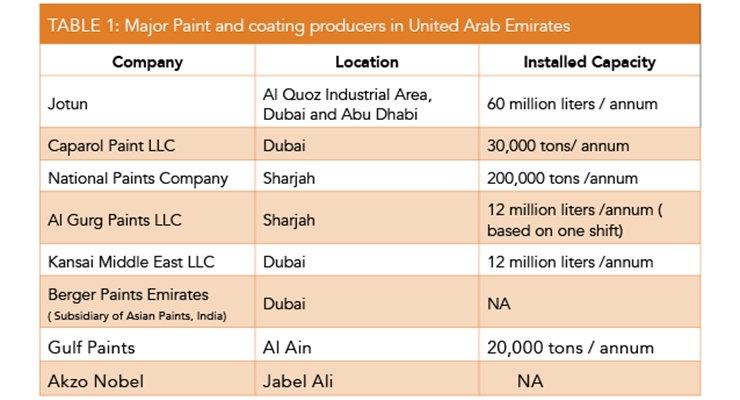Discover The Secrets To Attaining An Expert Result In Your Exterior Painting Task By Recognizing The Influence Of Climate Variables
Discover The Secrets To Attaining An Expert Result In Your Exterior Painting Task By Recognizing The Influence Of Climate Variables
Blog Article
Article Produced By-Mclean Sloth
Comprehending exactly how weather conditions can influence the outcome of an external paint undertaking is extremely important for attaining a perfect coating. From temperature level variations altering paint adhesion to moisture degrees impacting drying times, each element of climate plays a significant function in the success of your task. Additionally, wind speed and precipitation can introduce unforeseen obstacles that may endanger the high quality of the result. As we browse via the nuances of weather condition's influence on exterior paint, it comes to be apparent that thorough planning and calculated timing are essential for making sure an expert and sturdy result.
Ideal Temperature Variety for Paint
When considering outside painting projects, the optimal temperature variety plays an essential duty in attaining ideal results. Paint in the right temperature level conditions ensures that the paint adheres effectively to the surface area, dries out evenly, and treatments efficiently. Generally, the recommended temperature level variety for exterior paint is in between 50 to 85 levels Fahrenheit.
Painting in temperature levels listed below 50 degrees Fahrenheit can bring about problems such as inadequate paint bond, prolonged drying out times, and a boosted likelihood of breaking or peeling off.
On the other hand, paint in temperatures above 85 degrees Fahrenheit can cause the paint to dry as well promptly, causing blistering, bubbling, and an unequal coating.
To achieve the best outcomes, it is vital to inspect the weather forecast before beginning an external painting task. Ideally, goal to paint throughout light weather conditions with moderate temperature levels and low moisture levels.
Effects of Moisture on Paint Drying
Humidity levels substantially affect the drying process of paint applied to exterior surface areas. High moisture can prolong the drying time of paint, causing possible issues such as trickling, streaking, and even the formation of bubbles on the repainted surface area. Excess dampness in the air decreases the evaporation of water from the paint, impeding the curing procedure. This is particularly troublesome for water-based paints, as they count on evaporation for drying out.
On Best Painters Near Me , reduced moisture degrees can also influence paint drying out. Extremely completely dry problems might cause the paint to completely dry also swiftly, leading to inadequate attachment and a harsh coating. In such instances, including a paint conditioner or splashing a fine mist of water in the air can help control moisture levels and improve the paint result.
To make certain optimal drying conditions, it is recommended to paint when the humidity degrees range between 40% and 50%.
Surveillance humidity levels and taking ideal measures can aid achieve a smooth and durable paint finish on outside surfaces.
Wind and Precipitation Factors To Consider
Wind rate and rainfall are critical factors that dramatically impact the success of an outside painting job.
When Whole Interior House Modern Paint Scheme pertains to wind, both speed and direction are crucial considerations. High wind rates can create paint to completely dry too promptly, leading to a below average do with prospective concerns like breaking or irregular appearance. Furthermore, wind can bring debris that may comply with the wet paint, causing blemishes. Consequently, painters should intend to service days with light to modest winds for optimal painting conditions.
On the other hand, rainfall, whether rainfall or snow, can be very destructive to the result of an outside painting task. Moisture from rainfall can impede paint attachment, creating peeling and bubbling over time. It is important to prevent paint throughout rainy or snowy weather condition to ensure the durability and high quality of the paint work. Painters must also permit ample time for the surface area to completely dry extensively after any kind of precipitation prior to beginning or resuming the painting process.
Verdict
To conclude, climate condition play a considerable duty in the outcome of an outside painting job. The perfect temperature variety, humidity degrees, wind speed, and precipitation all contribute to the success or failing of the paint task.
It is vital to think about these factors and strategy accordingly to make certain proper paint adhesion, drying times, and general high quality of the completed item.
